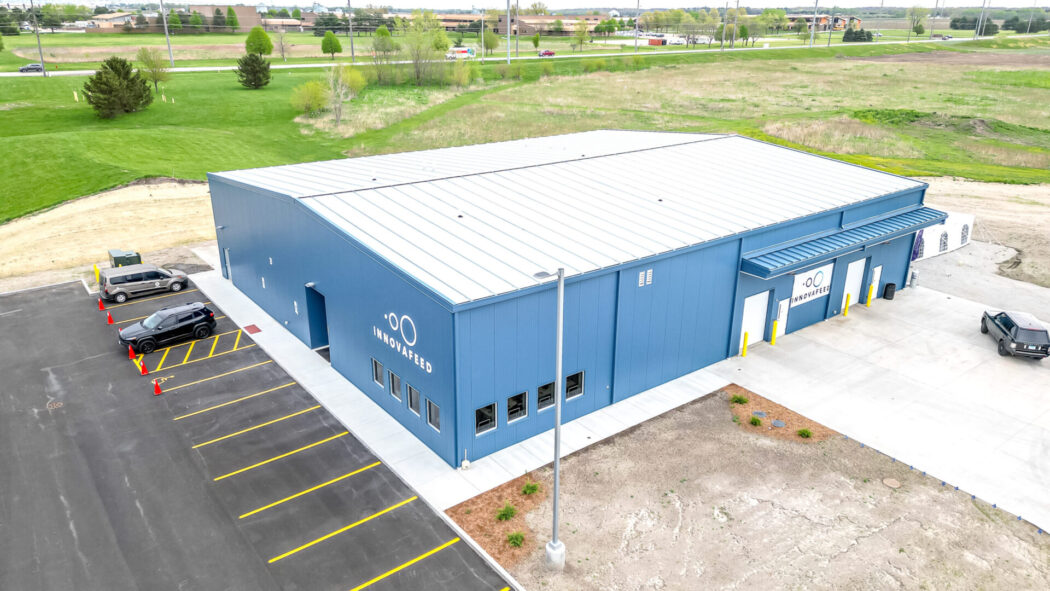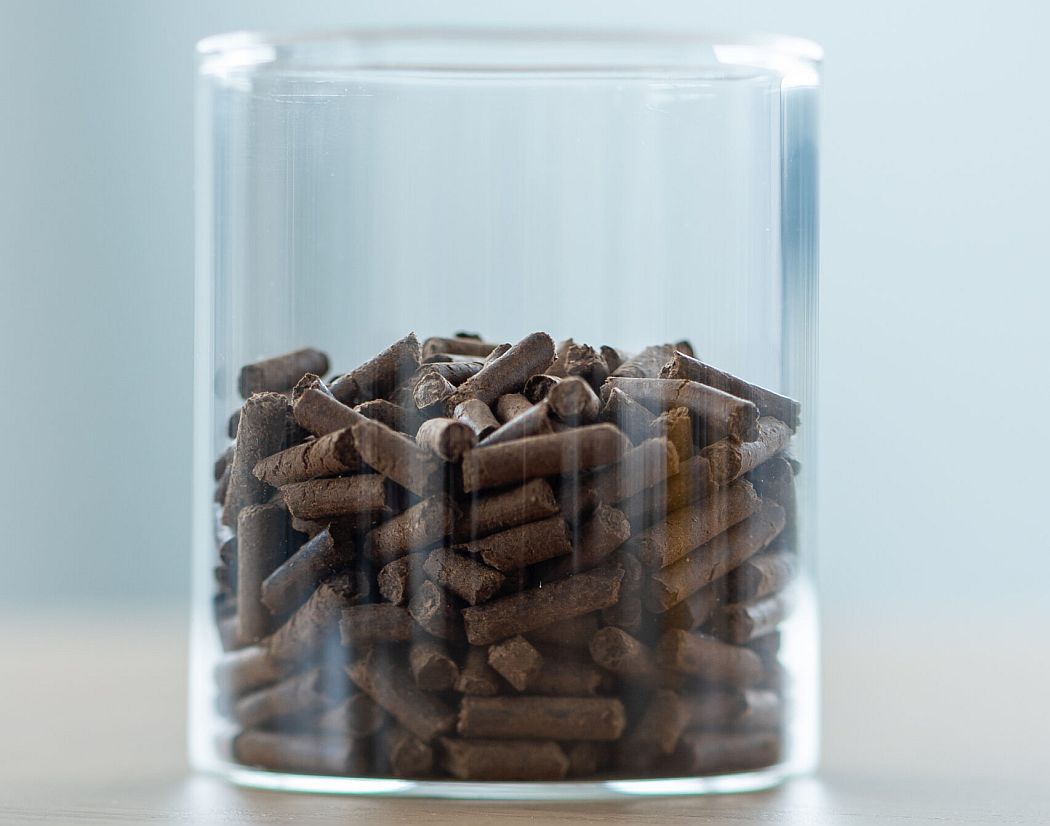French insect ag firm Innovafeed has secured an $11.8 million grant from the United States Department of Agriculture (USDA) under the Fertilizer Production Expansion Program (FPEP) to support bug-based sustainable fertilizer production in the US.
The firm, which is planning a large-scale black soldier fly larvae (BSFL) rearing and processing facility next to an ADM corn milling plant in Decatur, Illinois, says the investment will support construction of an on-site production plant for fertilizer from insect manure (frass).
Insect frass—which contains nitrogen, phosphorus, and potassium—is not generally used as a 1:1 replacement for synthetic fertilizer but is typically used as a soil amendment that boosts soil health and provides a more balanced, slow-release nutrient profile.
Innovafeed’s ‘Hilucia’ frass has a lower environmental impact than poultry manure, claims the company in its latest impact report*: “When compared to conventional sources of nutrients to stimulate plant growth, substitution with Innovafeed’s insect processed frass emits 71% less CO2 than synthetic fertilizer and 45% less than dried poultry manure. Additional benefits of using processed frass [include] the ability to store carbon in soil and increase the concentration of organic matter in soil.”
In Europe, where Innovafeed uses non-GMO feedstocks for its bugs, Hilucia frass is authorized for use in organic farming, while its application in viticulture in the Champagne area “has demonstrated that it can deliver equal or improved yields in replacement of conventional fertilizing solutions,” claims the firm.

‘We’re continuing to optimize our use of corn by-products at the Decatur pilot site’
Innovafeed recently completed the final phase of its commercial-scale BSFL facility in Nesle in France and expects to reach full capacity (10-15,000 tons of protein meal per year) at the site by the end of next year.
In the US, it is still honing its process at a pilot facility at Decatur with partner ADM before scaling the system at a 60,000 tons protein meal per year plant, which will also be built in phases.
While the French facility uses wheat byproducts from a co-located Tereos starch processing plant as its feedstock, the US plant will use corn byproducts, says the company: “A pipeline will connect the plant to ADM’s corn processing wet mill, allowing it to directly recover up to 300,000 tons per year of by-products. These will be transformed into high-quality insect ingredients: up to 60,000 metric tons of animal feed protein, 20,000 tons of oils for poultry and swine rations, and 400,000 tons of soil amendment.”
US general manager Maye Walraven told us: “We’re continuing to optimize our use of corn by-products at the Decatur pilot site. The production process is now fully ramped up and stabilized, allowing us to focus on fine-tuning the feed formula. This includes exploring additional local by-product streams to enhance feedstock efficiency and maximize larvae rearing yields. Our goal is to leverage these inputs to create the most competitive and productive feed for our operations.”
Petfood and aquaculture
Demand for Innovafeed’s ingredients in the pet food sector is “particularly strong among small to mid-sized, premium-focused brands emphasizing high-quality, health-forward, and sustainable formulations,” added Walraven, who recently announced a partnership with US-based pet food brands Jiminy’s and Arch Pet Food to roll out Innovafeed’s ‘Powered by Hilucia’ co-branding on selected products.
“We also continue to see strong engagement from industry leaders committed to sustainable ingredients and fish health. For example, our collaboration with [aquaculture firm] BioMar remains robust, with demand growing steadily alongside our production capacity.”
*The impact report relies on a life cycle analysis conducted by Quantis based on Innovafeed’s set up in France. A comprehensive LCA has yet to be conducted in the US facility, says the firm.
Further reading:
Exclusive: Aspire Food Group cuts staff, temporarily scales back production at cricket farm
Oberland Agriscience nets new capital to scale Nova Scotia BSFL plant
Worms to wealth? Loopworm scales up insect protein plant, plans recombinant proteins from silkworms




